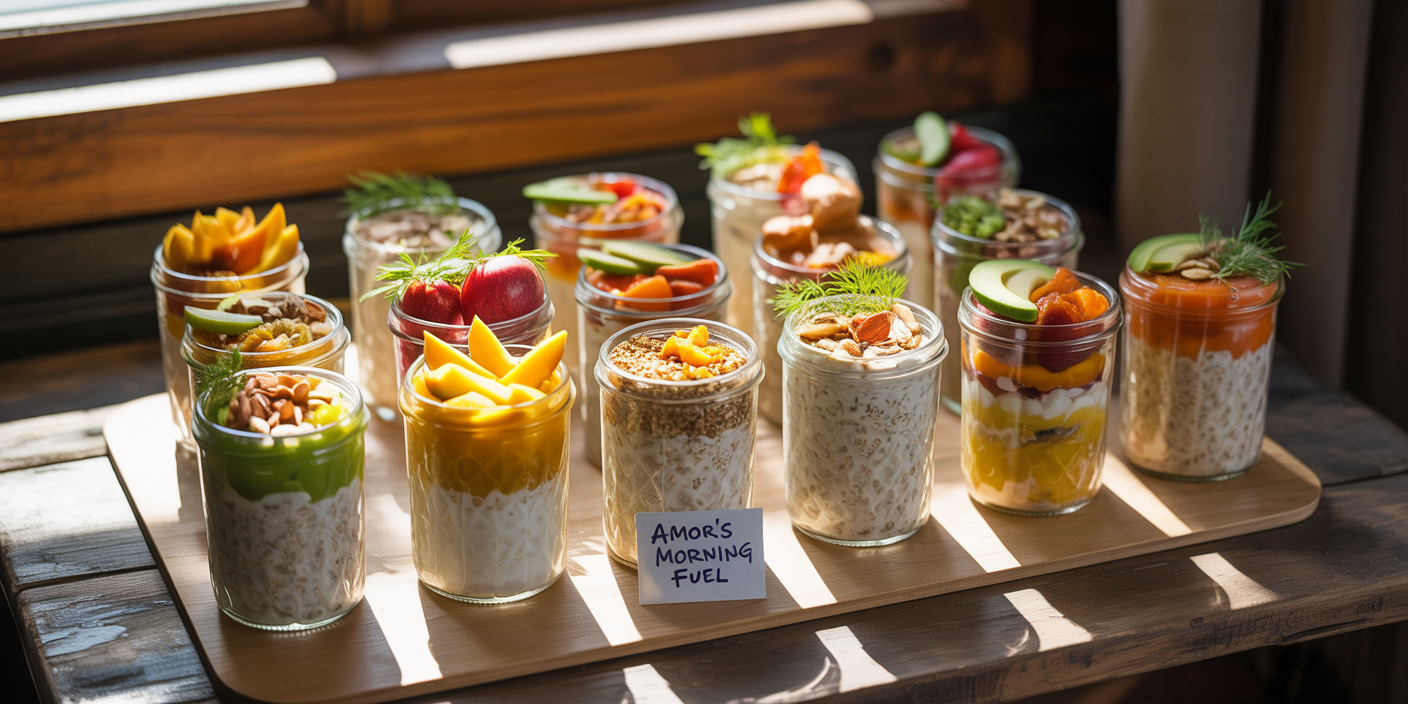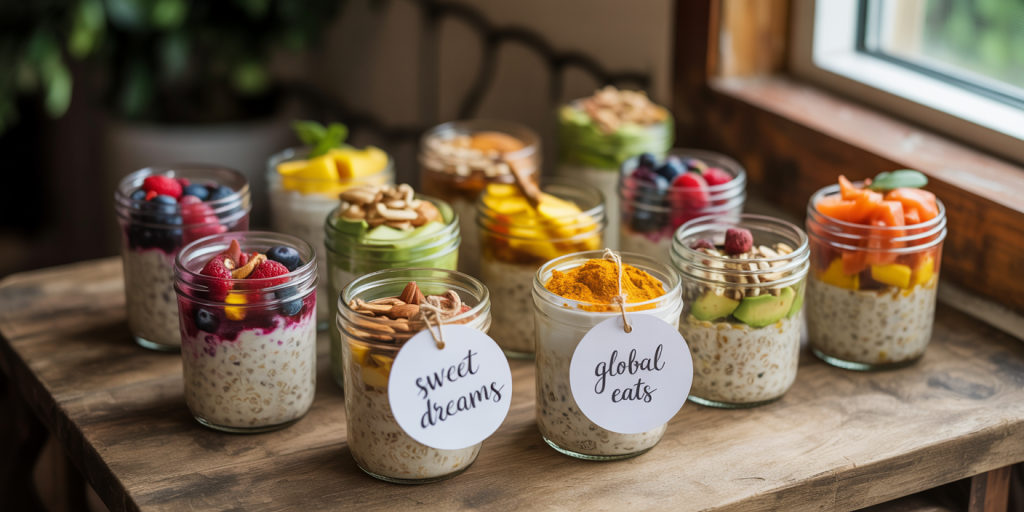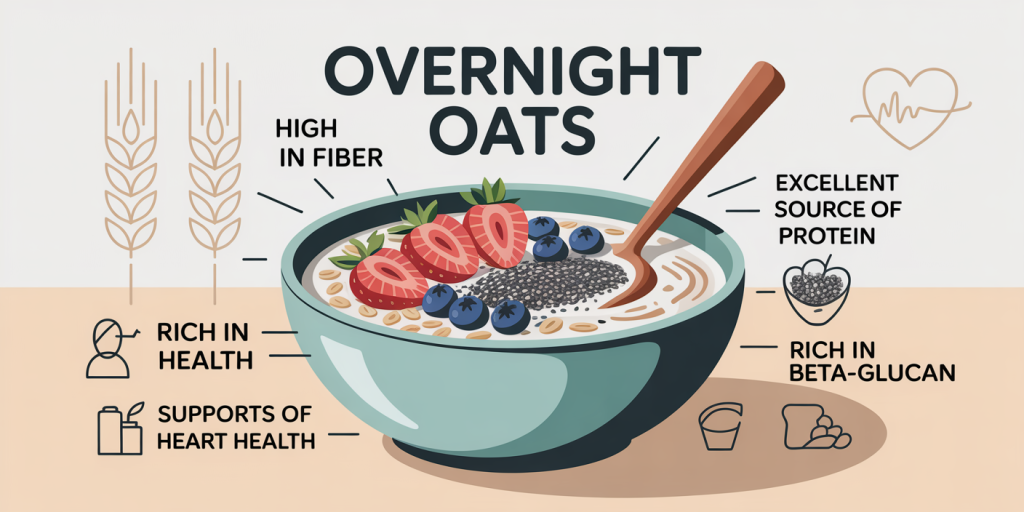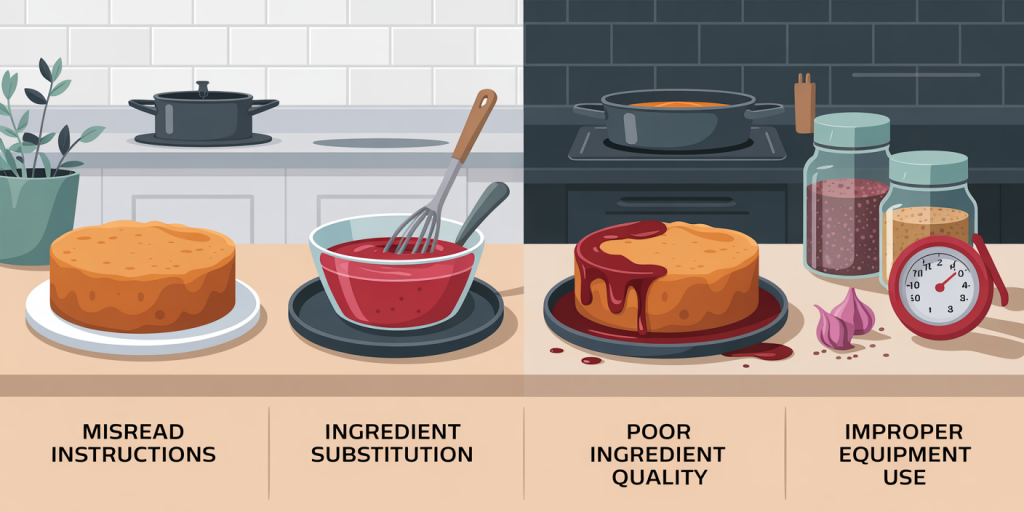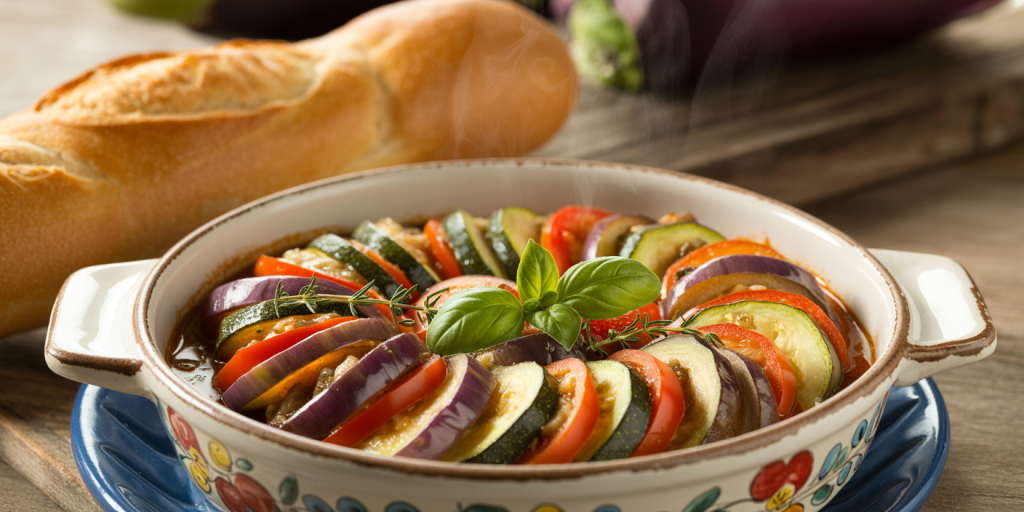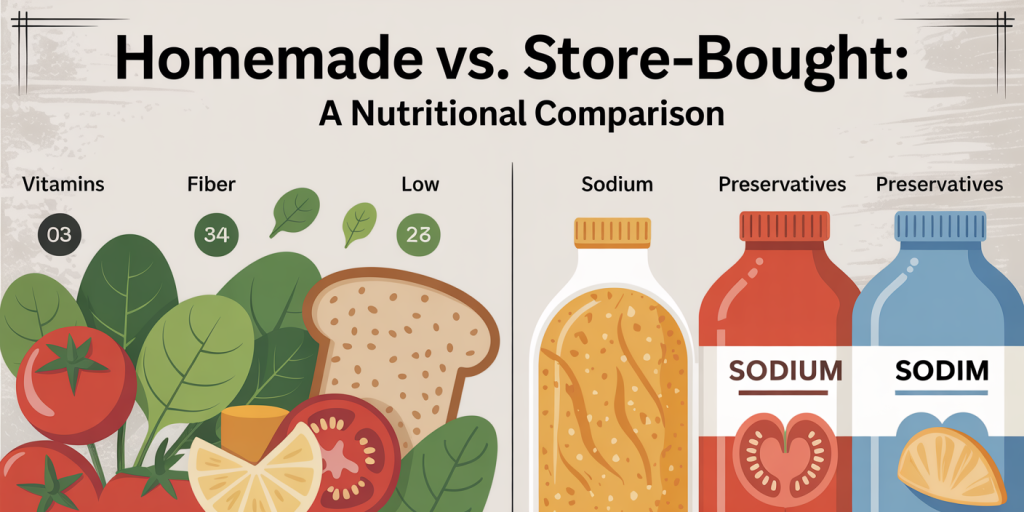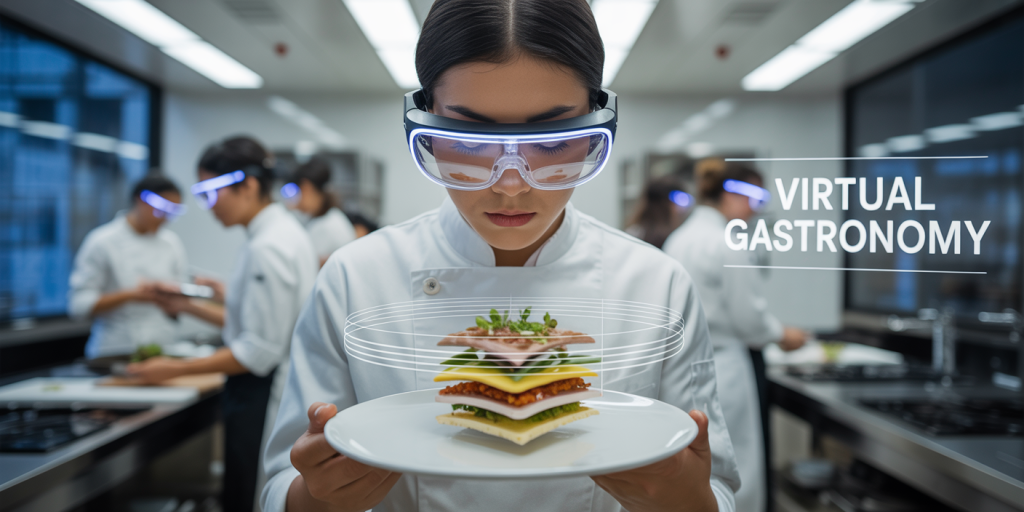Weekend brunch has evolved beyond just a casual meal—it’s become a social event, a chance to unwind, and an opportunity to showcase creativity and hospitality. Hosting a brunch that leaves your friends impressed requires a blend of thoughtful planning, delicious food, and inviting ambiance. This article explores the key elements of hosting an unforgettable weekend brunch that will have your friends talking long after the plates are cleared.
Setting the Scene: The Importance of Ambiance and Timing
Brunch is more than what’s on the table; it’s about creating an environment where guests feel relaxed and engaged. Choosing the right timing is crucial. Studies from the National Restaurant Association indicate that the most popular brunch hours fall between 10 a.m. and 1 p.m., striking a balance between breakfast and lunch that suits most people’s weekend schedules.
Lighting also plays a significant role in setting the mood. Natural daylight is ideal for weekend brunches and gives your space a warm and welcoming feel. If natural light is limited, soft, warm-toned artificial lighting can effectively create a cozy vibe. Music should complement the atmosphere without dominating conversations. A playlist featuring light jazz, acoustic sets, or soft indie tunes tends to work well.
Table settings and décor complete the experience. Opt for simple yet elegant arrangements—fresh flowers, cloth napkins, and a thoughtfully curated tableware selection can elevate the meal’s appeal. Real case studies from professional event planners emphasize that a well-set table can increase guests’ enjoyment by up to 30%, because it enhances the overall sensory experience.

Menu Planning: Balancing Taste, Nutrition, and Ease
When it comes to impressing friends, the menu is paramount. A successful brunch menu balances taste, nutrition, and ease of preparation. According to a survey by the Culinary Institute of America, 68% of hosts rank “variety of options” as the top factor in brunch satisfaction. Including both savory and sweet dishes caters to different preferences and ensures no one leaves hungry.
Start with adaptable crowd-pleasers such as avocado toast topped with smoked salmon or poached eggs, which combine trendy ingredients with hearty nutrition. Complement these with a range of pastries like freshly baked croissants, muffins, or scones. Consider dietary restrictions by offering gluten-free or vegan alternatives, ensuring inclusivity.

Incorporating fresh fruits and salad options adds a healthy and vibrant element to the menu. For example, a citrus quinoa salad or a mixed berry fruit bowl enhances nutritional value and color contrast on the table, which visually appeals to guests. One practical tip used by top chefs is pre-preparing components such as pancake batter or quiche fillings the night before, allowing more time to engage with guests rather than fuss over last-minute cooking.
Below is a comparative table to help select dishes for an impressive weekend brunch menu based on preparation time, popularity, and dietary adaptability:
| Dish | Average Prep Time | Popularity (Out of 10) | Dietary Adaptability |
|---|---|---|---|
| Avocado Toast | 10 minutes | 9 | Vegan-friendly |
| Eggs Benedict | 25 minutes | 8 | Gluten-free |
| Mini Quiches | 30 minutes | 7 | Vegetarian |
| Pancakes | 20 minutes | 10 | Can be made gluten-free or vegan |
| Fresh Fruit Salad | 15 minutes | 9 | Vegan, Gluten-free |
Drink Selections: Pairing Beverages for Maximum Impact
No weekend brunch is complete without the right selection of beverages. Drinks not only complement the food but also create a more festive and social atmosphere. Traditional brunch drinks include coffee, tea, fresh juices, and sparkling options such as mimosas or bellinis.
Coffee remains a staple. Offering a variety of brewing methods—such as a French press, espresso machine, or pour-over—can satisfy both casual coffee drinkers and aficionados. For tea lovers, including herbal options like chamomile or peppermint provides a soothing alternative.
Alcoholic beverages can elevate the brunch experience, but moderation and choice variety are key. Mimosas, a classic mix of champagne and orange juice, are favored by 65% of brunch-goers according to a 2023 survey by Beverage Daily. Bellinis, which combine Prosecco and peach purée, offer a slightly sweeter option. For those who prefer non-alcoholic choices, mocktails with fresh herbs and fruit infusions provide both flavor and sophistication.
By setting up a self-serve beverage station, hosts encourage mingling and free-flowing conversations. Offering garnishes such as mint leaves, berries, and various juice blends enhances the visual appeal and guest customization.
Practical Hosting Tips: Organization and Guest Engagement
Flawless execution is vital to impress guests. Planning the logistics of your brunch can be streamlined through organization and thoughtful guest engagement strategies.
Start by preparing as much as possible beforehand. Divide food prep into stages, such as chopping vegetables, baking pastries, and setting the table the day prior. This reduces stress on the day of the event and helps maintain a relaxed demeanor, which guests will appreciate. Use checklists for grocery shopping, cooking stages, and clean-up to stay on track.
Engaging your friends during the brunch goes beyond serving food. Consider incorporating interactive elements such as a DIY omelet bar where guests can choose their own fillings. This personalization not only adds fun but also caters to individual tastes and dietary needs.
Another method is arranging seating to promote conversation—round tables or communal benches work better than traditional formal seating arrangements. Real cases show that events with less formal seating tend to encourage socializing and longer guest satisfaction, growing the chances guests will remember the event fondly.
Styling Your Space: Combining Comfort and Elegance
Creating an inviting space for your brunch can significantly enhance the guest experience. The choice between indoor and outdoor venues will depend on seasonality and weather, but each offers unique advantages.
Outdoor brunches, especially in spring and summer, take advantage of natural beauty, fresh air, and sunlight. Simple decorations such as string lights, lanterns, and casual linens can transform a backyard or balcony into a charming dining area. In colder seasons or urban areas, a cozy indoor setup with soft cushions, throw blankets, and warm-toned lighting makes the event feel intimate and special.

The objective is to balance comfort and elegance. Avoid overly formal setups that risk making guests feel stiff. Instead, aim for a relaxed atmosphere with layers of texture—using wood or wicker furniture, natural elements like greenery, and neutral or pastel color palettes. This styling trend aligns with what lifestyle experts at Architectural Digest recommend for memorable social gatherings.
Future Perspectives: Trends and Innovations in Weekend Brunch Hosting
As lifestyle habits continue to evolve, weekend brunches are becoming more than traditional meals—they are experiences shaped by cultural shifts and technological innovations. With wellness trends influencing food choices, expect an increasing emphasis on plant-based, organic, and locally sourced ingredients at brunch tables. According to the Good Food Institute’s 2024 report, plant-based food market growth exceeded 15% year-over-year, reflecting changing consumer preferences toward sustainable eating.
Technological advancements also pave the way for more dynamic hosting experiences. Smart kitchen gadgets—such as app-controlled coffee makers, air fryers, and smart ovens—are accelerating preparations and improving consistency with less effort. Hosts can focus more on interaction rather than kitchen stress.
Virtual brunches, a trend accelerated by global events, have brought about creative ways to connect with friends afar while sharing meals. Hybrid brunch setups, combining in-person and virtual attendees, may become more common, tapping into the charms of social bonding despite distance.
Research by Eventbrite forecasts a 20% increase in themed brunch events throughout 2024, suggesting social media and influencer culture will continue driving innovative brunch styling and menus. Hosting a weekend brunch to impress your friends thus means staying adaptable to these trends while delivering a personalized and hospitable experience.
—
Hosting a weekend brunch that impresses friends is an achievable goal with intentional planning, quality food and drinks, and a welcoming ambiance. By incorporating current trends, leveraging simple but elegant styling, and prioritizing guest engagement, your brunch can become a cherished social event that fosters lasting memories. Whether through interactive food stations, smart beverage options, or thoughtfully styled spaces, every detail plays a role in elevating the weekend gathering to something truly special.













